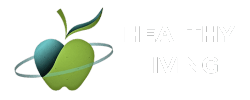Losing weight can be hard, especially if you don’t have a clear and realistic plan to follow. Many people struggle with finding the time, motivation, and resources to cook healthy and satisfying meals every day. That’s why 30-meal plan for weight loss can be a great solution for you. 30-meal plan for weight loss is a 30-day plan that provides you with a list of foods to eat, recipes to make, and tips to follow for each day of the month. By following this plan, you can enjoy a variety of nutritious and delicious meals, without having to worry about counting calories, measuring portions, or shopping for ingredients.
You can also save time, money, and energy, as you can prepare most of your meals in advance and store them in the fridge or freezer. 30-meal plan for weight loss can help you lose weight in a healthy and sustainable way, as well as improve your overall health and well-being. In this article, we will show you the benefits of 30-meal plan for weight loss, which foods to eat and avoid, and how to prepare them step by step.
Discover How This Simple “Meal Plan” Changes My Life Watch the video below to see if this effortless “Way Of Eating” will work for you…
How I lost 10 pounds in 30 days with 30-meal plan for weight loss
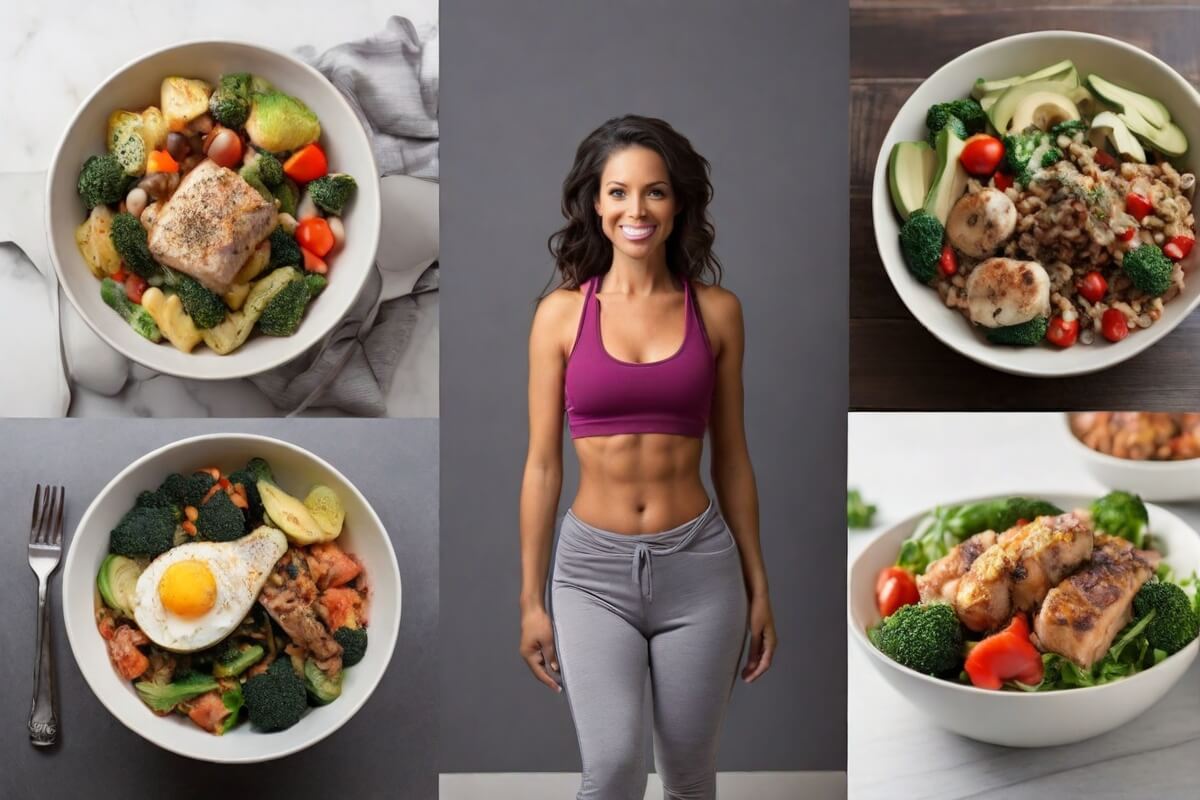
I have always had a hard time losing weight. Ever since I was a kid, I was overweight and unhappy with my body. I tried many diets, but none of them worked for me. I would lose some weight, but then gain it back as soon as I stopped the diet. I felt frustrated and hopeless.
Then, one day, I came across an article about 30-meal plan for weight loss. It said that 30-meal plan for weight loss was a simple and effective way to lose weight by following a 30-day plan of easy and tasty meals. It also said that 30-meal plan for weight loss had many benefits, such as boosting your metabolism, reducing your hunger, and improving your health. I was intrigued and decided to give it a try.
I downloaded the 30-meal plan for weight loss app, which gave me access to the full plan, including the food list, the recipes, and the tips. I also joined the 30-meal plan for weight loss community, which gave me support, motivation, and inspiration from other users who were following the same plan. I started with the first day of the plan, which consisted of three meals and two snacks.
I followed the instructions and prepared the meals according to the recipes. I was surprised by how easy and quick it was. I also enjoyed the meals, as they were flavorful and satisfying. I didn’t feel hungry or deprived. I also noticed that I had more energy and focus throughout the day. I didn’t crave junk food or sugar anymore.
After 30 days, I saw the results. I lost 10 pounds and felt great. I was amazed by how 30-meal plan for weight loss changed my life. I felt more confident and happy. I also improved my eating habits and lifestyle. I realized that 30-meal plan for weight loss was not a diet, but a way of living. I have been doing 30-meal plan for weight loss for over two months now, and I love it. It is the best thing that ever happened to me.
How 30-meal plan for weight loss works and why it is beneficial for weight loss
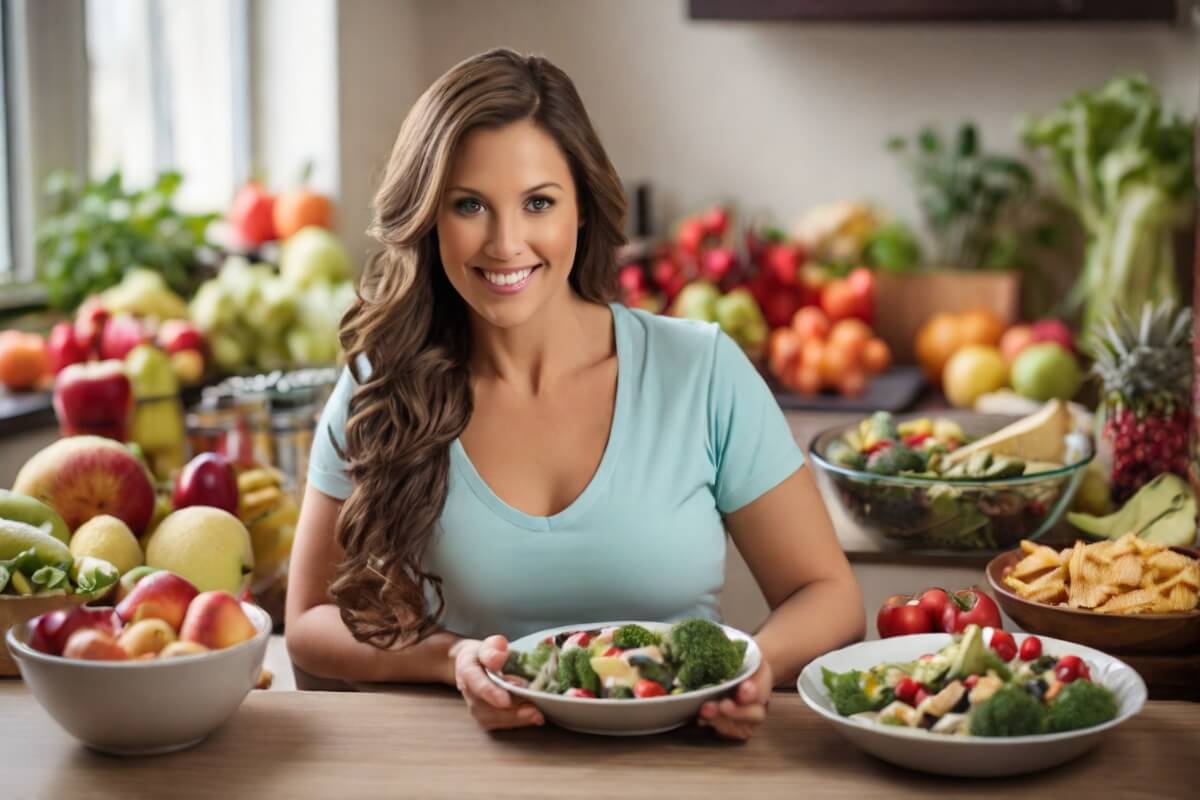
30-meal plan for weight loss works by providing you with a balanced and varied diet that meets your nutritional needs and preferences. It also helps you create a calorie deficit, which means that you burn more calories than you consume. This leads to weight loss, as your body uses its fat stores for energy. However, 30-meal plan for weight loss is more than just a way to reduce calories. It also affects your hormones and metabolism, which play a key role in weight regulation.
One of the main hormones that 30-meal plan for weight loss influences is leptin. Leptin is a hormone that regulates your appetite and energy expenditure. It signals your brain when you are full and when you need to burn calories. When you lose weight, your leptin levels drop, which makes you feel hungrier and less energetic.
This can cause you to eat more and move less, which can lead to weight regain. However, 30-meal plan for weight loss helps prevent this by keeping your leptin levels stable and high. This is because 30-meal plan for weight loss includes foods that are rich in protein, fiber, and healthy fats, which can increase your leptin sensitivity and production. This can help you feel full and satisfied, as well as boost your metabolism and fat burning.
Another hormone that 30-meal plan for weight loss affects is ghrelin. Ghrelin is a hormone that stimulates your appetite and hunger. It signals your brain when you are hungry and when you need to eat. When you diet, your ghrelin levels rise, which makes you feel hungrier and crave more food.
This can cause you to overeat and gain weight. However, 30-meal plan for weight loss helps lower your ghrelin levels and suppress your hunger. This is because 30-meal plan for weight loss includes foods that are low in calories and high in volume, such as fruits, vegetables, and soups, which can fill your stomach and stretch your receptors. This can help you eat less and lose weight.
30-meal plan for weight loss can also boost your metabolism, which is the rate at which your body burns calories. One way it does this is by increasing your thermogenesis, which is the amount of heat your body produces. 30-meal plan for weight loss can raise your thermogenesis by including foods that are spicy.
Such as chili peppers, ginger, and turmeric, which can activate your brown fat, which is a type of fat that burns calories to generate heat. 30-meal plan for weight loss can also raise your thermogenesis by including foods that are high in protein, such as eggs, chicken, and fish, which have a higher thermic effect than carbs or fat. This means that your body uses more energy to digest and metabolize protein than other macronutrients.
How to follow 30-meal plan for weight loss and what foods to eat and avoid

If you want to follow 30-meal plan for weight loss, you need to download the 30-meal plan for weight loss app, which will give you access to the full plan, including the food list, the recipes, and the tips. You can also join the 30-meal plan for weight loss community, which will give you support, motivation, and inspiration from other users who are following the same plan.
You need to follow the plan for 30 days, and eat three meals and two snacks per day. You can also drink water, tea, coffee, and low-calorie beverages, but avoid alcohol, soda, and juice. You can also exercise moderately, such as walking, jogging, swimming, or cycling, for at least 30 minutes per day, but avoid excessive or intense exercise, as this can increase your hunger and stress levels.
The foods that you can eat on 30-meal plan for weight loss are:
- Fruits: You can eat any fresh or frozen fruits, such as apples, bananas, berries, grapes, oranges, and melons. Fruits are rich in vitamins, minerals, antioxidants, and fiber, which can boost your immune system, lower your cholesterol, and prevent constipation. Fruits are also low in calories and high in water, which can help you stay hydrated and full. You can eat fruits as a snack, or add them to your breakfast, salads, or desserts.
- Vegetables: You can eat any fresh or frozen vegetables, such as broccoli, cauliflower, carrots, spinach, kale, and tomatoes. Vegetables are rich in vitamins, minerals, antioxidants, and fiber, which can protect you from diseases, lower your blood pressure, and improve your digestion. Vegetables are also low in calories and high in volume, which can help you eat less and lose weight. You can eat vegetables as a snack, or add them to your soups, salads, stir-fries, or casseroles.
- Grains: You can eat whole grains, such as oats, brown rice, quinoa, and whole wheat bread. Whole grains are rich in complex carbs, protein, and fiber, which can provide you with energy, support your muscle growth, and regulate your blood sugar. Whole grains are also low in fat and high in phytochemicals, which can lower your inflammation and cholesterol. You can eat grains as a breakfast, or add them to your salads, soups, or sandwiches.
- Protein: You can eat lean protein, such as eggs, chicken, turkey, fish, and tofu. Lean protein is rich in amino acids, which are the building blocks of your muscles, hormones, and enzymes. Lean protein can also increase your satiety, metabolism, and fat burning. You can eat protein as a main course, or add it to your salads, soups, or wraps.
- Dairy: You can eat low-fat dairy, such as milk, yogurt, cheese, and cottage cheese. Low-fat dairy is rich in calcium, protein, and probiotics, which can strengthen your bones, muscles, and gut health
- Dairy: You can eat low-fat dairy, such as milk, yogurt, cheese, and cottage cheese. Low-fat dairy is rich in calcium, protein, and probiotics, which can strengthen your bones, muscles, and gut health. Low-fat dairy can also lower your blood pressure, cholesterol, and appetite. You can eat dairy as a snack, or add it to your smoothies, oatmeal, or desserts.
- Nuts and seeds: You can eat nuts and seeds, such as almonds, walnuts, pistachios, sunflower seeds, and chia seeds. Nuts and seeds are rich in healthy fats, protein, and fiber, which can provide you with essential fatty acids, antioxidants, and minerals.
- Nuts and seeds can also increase your satiety, metabolism, and fat burning. You can eat nuts and seeds as a snack, or add them to your salads, yogurt, or baked goods.
- Oils and fats: You can use oils and fats, such as olive oil, coconut oil, butter, and ghee. Oils and fats are rich in calories and fat, which can provide you with energy, flavor, and texture. Oils and fats can also support your hormone production, cell function, and brain health.
- You can use oils and fats to cook, bake, or dress your foods, but use them sparingly, as they are high in calories and can cause weight gain if consumed in excess.
- Herbs and spices: You can use herbs and spices, such as basil, oregano, parsley, cilantro, garlic, onion, ginger, turmeric, cumin, and cinnamon. Herbs and spices are rich in phytochemicals, which can enhance your taste, aroma, and color.
- Herbs and spices can also boost your immune system, lower your inflammation, and improve your digestion. You can use herbs and spices to season, marinate, or garnish your foods, but avoid salt, sugar, and artificial flavors, as they can increase your water retention, blood sugar, and calorie intake.
The foods that you should avoid on 30-meal plan for weight loss are:
- Processed foods: You should avoid processed foods, such as chips, crackers, cookies, cakes, candy, and ice cream. Processed foods are high in calories, fat, sugar, and salt, which can increase your appetite, blood sugar, and fat storage. Processed foods are also low in nutrients, fiber, and water, which can decrease your satiety, metabolism, and fat burning. Processed foods can also contain additives, preservatives, and chemicals, which can harm your health and well-being.
- Refined carbs: You should avoid refined carbs, such as white bread, white rice, white pasta, and white potatoes. Refined carbs are high in calories and carbs, which can spike your blood sugar and insulin levels, and cause fat storage and inflammation. Refined carbs are also low in nutrients, fiber, and water, which can decrease your satiety, metabolism, and fat burning. Refined carbs can also trigger cravings, overeating, and weight regain.
- Sugary drinks: You should avoid sugary drinks, such as soda, juice, sports drinks, and energy drinks. Sugary drinks are high in calories and sugar, which can increase your appetite, blood sugar, and fat storage. Sugary drinks are also low in nutrients, fiber, and water, which can decrease your satiety, metabolism, and fat burning. Sugary drinks can also dehydrate you, damage your teeth, and increase your risk of diabetes and other diseases.
- Alcohol: You should avoid alcohol, such as beer, wine, liquor, and cocktails. Alcohol is high in calories and ethanol, which can increase your appetite, blood sugar, and fat storage. Alcohol is also low in nutrients, fiber, and water, which can decrease your satiety, metabolism, and fat burning. Alcohol can also impair your judgment, sleep, and recovery, and increase your stress and inflammation.
By following these guidelines, you will be able to create a balanced and nutritious diet that will help you lose weight in a healthy and sustainable way. However, you should also remember to enjoy your food and have some flexibility, as this will prevent boredom, cravings, and binge eating. You can have some cheat meals or snacks once in a while, as long as you don’t overdo it and stay within your calorie and macronutrient goals.
How to prepare 30-meal plan for weight loss and what recipes to follow
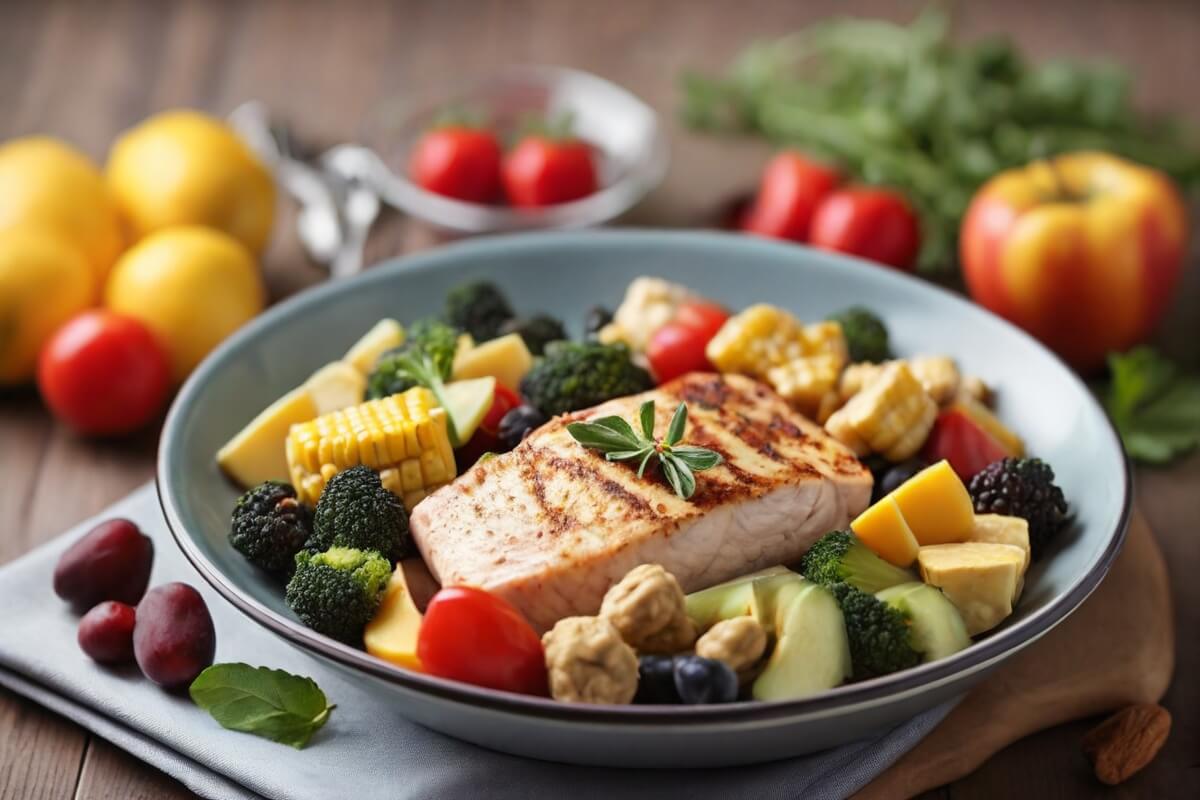
If you want to prepare 30-meal plan for weight loss, you need to plan ahead and organize your kitchen. You can use the 30-meal plan for weight loss app, which will give you a shopping list, a meal prep guide, and a storage guide for each week of the plan.
You can also use the 30-meal plan for weight loss community, which will give you ideas, suggestions, and feedback from other users who are preparing the same meals. You need to shop for the ingredients, cook the meals, and store them in the fridge or freezer, according to the instructions. You can also customize the meals, according to your preferences, allergies, or intolerances, as long as you stay within the calorie and macronutrient goals.
The recipes that you can follow on 30-meal plan for weight loss are:
- Day 1: Breakfast: Oatmeal with blueberries and almonds. Snack: Greek yogurt with granola and honey. Lunch: Chicken salad with lettuce, tomatoes, cucumbers, and avocado. Snack: Apple with peanut butter. Dinner: Salmon with roasted broccoli and quinoa.
- Day 2: Breakfast: Scrambled eggs with spinach and cheese. Snack: Banana with almond butter. Lunch: Turkey wrap with whole wheat tortilla, hummus, lettuce, and carrots. Snack: Celery with cream cheese. Dinner: Beef and vegetable stew with brown rice.
- Day 3: Breakfast: Smoothie with milk, strawberries, banana, and whey protein. Snack: Cottage cheese with pineapple and walnuts. Lunch: Vegetable soup with lentils and whole wheat bread. Snack: Orange with cashews. Dinner: Chicken and vegetable stir-fry with noodles.
- Day 4: Breakfast: Pancakes with whole wheat flour, eggs, and milk. Snack: Hard-boiled egg with cheese. Lunch: Tuna salad with whole wheat pita, lettuce, and tomatoes. Snack: Grapes with yogurt. Dinner: Spaghetti with turkey meatballs and tomato sauce.
- Day 5: Breakfast: French toast with whole wheat bread, eggs, and milk. Snack: Kiwi with pistachios. Lunch: Chicken and vegetable curry with basmati rice. Snack: Carrot cake with cream cheese frosting. Dinner: Vegetable lasagna with ricotta cheese and spinach.
- Day 6: Breakfast: Muffins with oats, eggs, and applesauce. Snack: Mixed nuts with dried fruits. Lunch: Burrito bowl with brown rice, black beans, corn, salsa, and cheese. Snack: Popcorn with butter and salt. Dinner: Pork chops with mashed potatoes and green beans.
- Day 7: Breakfast: Waffles with whole wheat flour, eggs, and milk. Snack: Pear with cheddar cheese. Lunch: Vegetable pizza with whole wheat crust, tomato sauce, mozzarella cheese, and mushrooms. Snack: Chocolate chip cookies with oatmeal and peanut butter. Dinner: Roast chicken with roasted potatoes and carrots.
- Day 8: Breakfast: Granola with oats, nuts, seeds, and honey. Snack: Peach with cottage cheese. Lunch: Chicken and vegetable casserole with cheese and breadcrumbs. Snack: Rice cakes with cream cheese and jam. Dinner: Fish and chips with cod, potatoes, and peas.
- Day 9: Breakfast: Omelet with eggs, ham, cheese, and peppers. Snack: Melon with yogurt. Lunch: Vegetable quiche with eggs, cheese, and spinach. Snack: Trail mix with nuts, seeds, and chocolate. Dinner: Chili with ground beef, beans, tomatoes, and cheese.
- Day 10: Breakfast: Cereal with milk, banana, and raisins. Snack: Apple pie with oats, apples, and cinnamon. Lunch: Turkey burger with whole wheat bun, lettuce, tomato, and onion. Snack: Celery with peanut butter and raisins. Dinner: Stir-fried tofu with vegetables and rice.
- Day 11: Breakfast: Smoothie bowl with milk, berries, banana, and granola. Snack: Cheese stick with crackers. Lunch: Pasta salad with whole wheat pasta, chicken, broccoli, and cheese. Snack: Strawberry with whipped cream. Dinner: Meatloaf with ground beef, oats, and ketchup.
- Day 12: Breakfast: Toast with whole wheat bread, avocado, and egg. Snack: Orange with almonds. Lunch: Chicken and cheese sandwich with whole wheat bread, chicken, cheese, and mustard. Snack: Carrot with hummus. Dinner: Vegetable and bean stew with potatoes, carrots, celery, and beans.
- Day 13: Breakfast: Yogurt parfait with yogurt, granola, and berries. Snack: Muffin with blueberries and almonds. Lunch: Salad with lettuce, tomatoes, cucumbers, cheese, and tuna. Snack: Chocolate pudding with milk and cocoa. Dinner: Shrimp and vegetable skewers with rice and lemon.
- Day 14: Breakfast: Oatmeal with milk, peanut butter, and chocolate chips. Snack: Banana bread with bananas, eggs, and honey. Lunch: Wrap with whole wheat tortilla, hummus, lettuce, and turkey. Snack: Cherry with sunflower seeds. Dinner: Taco with ground beef
- Day 14: Breakfast: Oatmeal with milk, peanut butter, and chocolate chips. Snack: Banana bread with bananas, eggs, and honey. Lunch: Wrap with whole wheat tortilla, hummus, lettuce, and turkey. Snack: Cherry with sunflower seeds. Dinner: Taco with ground beef, cheese, salsa, and lettuce.
- Day 15: Breakfast: Scrambled eggs with cheese and bacon. Snack: Granola bar with oats, nuts, and honey. Lunch: Chicken noodle soup with chicken, noodles, carrots, and celery. Snack: Yogurt with berries and granola. Dinner: Roasted vegetable and cheese quiche with eggs, cheese, and spinach.
- Day 16: Breakfast: Smoothie with milk, mango, pineapple, and coconut. Snack: Apple with cheese. Lunch: Sushi with rice, seaweed, salmon, and avocado. Snack: Edamame with salt. Dinner: Teriyaki chicken with rice and broccoli.
- Day 17: Breakfast: Cereal with milk, apple, and cinnamon. Snack: Oatmeal cookie with oats, raisins, and walnuts. Lunch: Sandwich with whole wheat bread, ham, cheese, and mustard. Snack: Carrot with ranch dressing. Dinner: Spaghetti squash with turkey sausage and tomato sauce.
- Day 18: Breakfast: Muffins with oats, eggs, and blueberries. Snack: Orange with pistachios. Lunch: Salad with lettuce, tomatoes, cucumbers, cheese, and chicken. Snack: Chocolate milk with milk and cocoa. Dinner: Steak with baked potato and asparagus.
- Day 19: Breakfast: Waffles with whole wheat flour, eggs, and milk. Snack: Pear with cheddar cheese. Lunch: Vegetable lasagna with ricotta cheese and spinach. Snack: Strawberry with whipped cream. Dinner: Fish and chips with cod, potatoes, and peas.
- Day 20: Breakfast: Omelet with eggs, ham, cheese, and peppers. Snack: Melon with yogurt. Lunch: Pasta salad with whole wheat pasta, chicken, broccoli, and cheese. Snack: Trail mix with nuts, seeds, and chocolate. Dinner: Chili with ground beef, beans, tomatoes, and cheese.
- Day 21: Breakfast: Pancakes with whole wheat flour, eggs, and milk. Snack: Hard-boiled egg with cheese. Lunch: Tuna salad with whole wheat pita, lettuce, and tomatoes. Snack: Grapes with yogurt. Dinner: Stir-fried tofu with vegetables and rice.
- Day 22: Breakfast: Granola with oats, nuts, seeds, and honey. Snack: Peach with cottage cheese. Lunch: Chicken and vegetable casserole with cheese and breadcrumbs. Snack: Rice cakes with cream cheese and jam. Dinner: Shrimp and vegetable skewers with rice and lemon.
- Day 23: Breakfast: Toast with whole wheat bread, avocado, and egg. Snack: Orange with almonds. Lunch: Chicken and cheese sandwich with whole wheat bread, chicken, cheese, and mustard. Snack: Carrot with hummus. Dinner: Vegetable and bean stew with potatoes, carrots, celery, and beans.
- Day 24: Breakfast: Yogurt parfait with yogurt, granola, and berries. Snack: Cheese stick with crackers. Lunch: Salad with lettuce, tomatoes, cucumbers, cheese, and tuna. Snack: Chocolate pudding with milk and cocoa. Dinner: Meatloaf with ground beef, oats, and ketchup.
- Day 25: Breakfast: Oatmeal with milk, peanut butter, and chocolate chips. Snack: Banana bread with bananas, eggs, and honey. Lunch: Wrap with whole wheat tortilla, hummus, lettuce, and turkey. Snack: Cherry with sunflower seeds. Dinner: Taco with ground beef, cheese, salsa, and lettuce.
- Day 26: Breakfast: Smoothie bowl with milk, berries, banana, and granola. Snack: Muffin with blueberries and almonds. Lunch: Chicken and vegetable curry with basmati rice. Snack: Carrot cake with cream cheese frosting. Dinner: Roast chicken with roasted potatoes and carrots.
- Day 27: Breakfast: Cereal with milk, banana, and raisins. Snack: Apple pie with oats, apples, and cinnamon. Lunch: Turkey burger with whole wheat bun, lettuce, tomato, and onion. Snack: Celery with peanut butter and raisins. Dinner: Stir-fried tofu with vegetables and rice.
- Day 28: Breakfast: French toast with whole wheat bread, eggs, and milk. Snack: Kiwi with pistachios. Lunch: Vegetable soup with lentils and whole wheat bread. Snack: Orange with cashews. Dinner: Chicken and vegetable stir-fry with noodles.
- Day 29: Breakfast: Omelet with eggs, cheese, and spinach. Snack: Mixed nuts with dried fruits. Lunch: Burrito bowl with brown rice, black beans, corn, salsa, and cheese. Snack: Popcorn with butter and salt. Dinner: Pork chops with mashed potatoes and green beans.
- Day 30: Breakfast: Muffins with oats, eggs, and applesauce. Snack: Pear with cheddar cheese. Lunch: Vegetable pizza with whole wheat crust, tomato sauce, mozzarella cheese, and mushrooms. Snack: Chocolate chip cookies with oatmeal and peanut butter. Dinner: Salmon with roasted broccoli and quinoa.
How to answer common questions and deal with common challenges
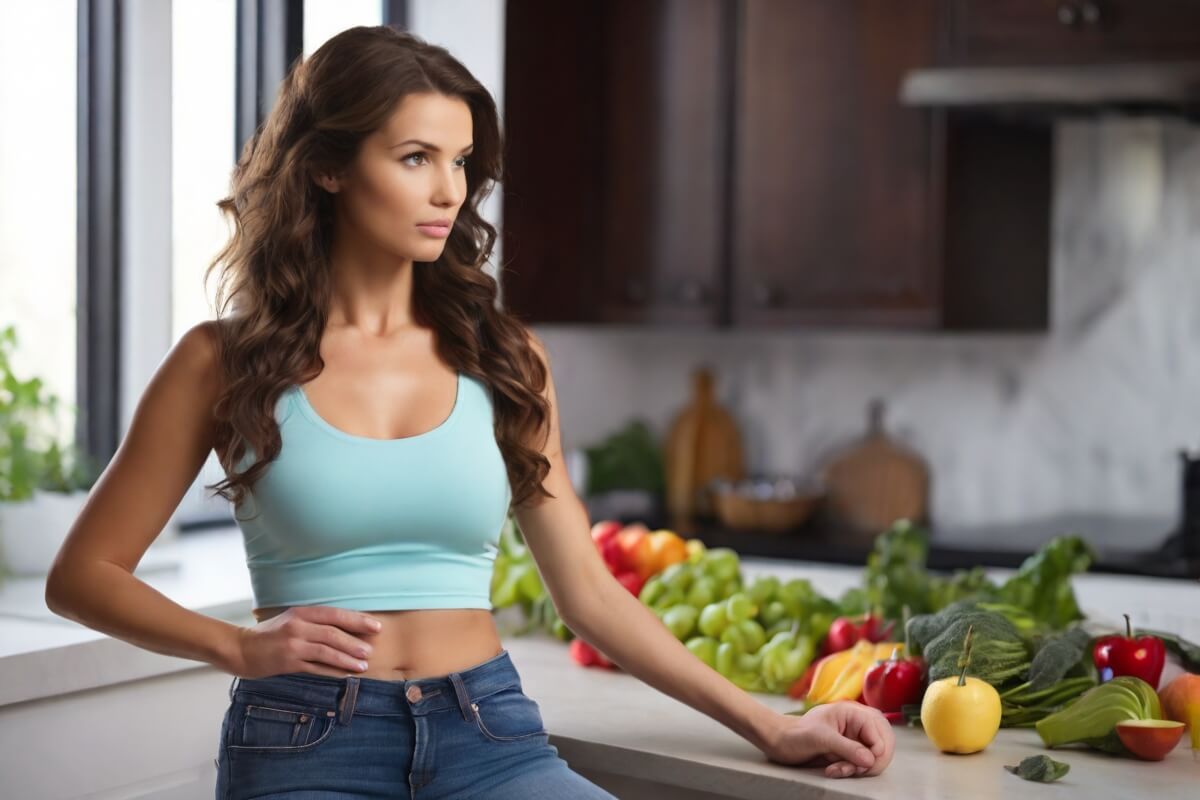
If you are trying to lose weight with 30-meal plan for weight loss, you may encounter some questions and challenges from yourself or others. Here are some of the most common ones and how to deal with them:
- How much weight can I lose with 30-meal plan for weight loss? The answer to this question depends on many factors, such as your starting weight, your goal weight, your calorie intake, your activity level, and your metabolism. However, as a general rule, you can expect to lose 1 to 2 pounds per week, or 4 to 8 pounds per month, if you follow 30-meal plan for weight loss.
- However, this rate can vary depending on your individual factors, such as your age, sex, hormones, and genetics. For example, women may lose weight slower than men, as they have less muscle mass and more body fat. Similarly, older people may lose weight slower than younger people, as they have a lower metabolic rate and more health issues.
- How can I stick to 30-meal plan for weight loss and avoid cheating? The answer to this question depends on your motivation, discipline, and support. However, as a general rule, you can stick to 30-meal plan for weight loss and avoid cheating by following these tips:
- Remind yourself of your reasons and goals for losing weight, and how 30-meal plan for weight loss can help you achieve them. You can write them down and look at them every day, or use a vision board, a journal, or an app to keep track of your progress and achievements.
- Plan ahead and prepare your meals in advance, so that you always have something healthy and delicious to eat, and avoid temptations and excuses. You can use the 30-meal plan for weight loss app, which will give you a shopping list, a meal prep guide, and a storage guide for each week of the plan. You can also use the 30-meal plan for weight loss community, which will give you ideas, suggestions, and feedback from other users who are preparing the same meals.
- Enjoy your food and have some flexibility, as this will prevent boredom, cravings, and binge eating. You can have some cheat meals or snacks once in a while, as long as you don’t overdo it and stay within your calorie and macronutrient goals. You can also customize the meals, according to your preferences, allergies, or intolerances, as long as you stay within the calorie and macronutrient goals.
- Get support and encouragement from your family, friends, or online community, as this will help you stay motivated, accountable, and inspired. You can share your experiences, challenges, and successes with them, and ask for their advice, feedback, and help. You can also join the 30-meal plan for weight loss community, which will give you support, motivation, and inspiration from other users who are following the same plan.
Conclusion
Losing weight with 30-meal plan for weight loss is possible, but it requires a smart and strategic approach. You need to follow the plan for 30 days, and eat three meals and two snacks per day. You also need to shop for the ingredients, cook the meals, and store them in the fridge or freezer, according to the instructions.
You also need to optimize your diet, exercise, and recovery, and follow a plan that suits your goals and level. By doing so, you can enjoy a variety of nutritious and delicious meals, without having to worry about counting calories, measuring portions, or shopping for ingredients.
You can also save time, money, and energy, as you can prepare most of your meals in advance and store them in the fridge or freezer. 30-meal plan for weight loss can help you lose weight in a healthy and sustainable way, as well as improve your overall health and well-being.
We hope that you have found this article helpful and informative. If you have any questions, comments, or suggestions, please feel free to leave them below. We would love to hear from you and help you lose weight with 30-meal plan for weight loss. Thank you for reading and happy eating!
Follow our social networks facebook, pinterest and see more tips
